How to Actually Sleep When It’s Hot (No AC Required)
I’ve spent a lot of time working in old buildings, the kind with no modern climate control. I vividly remember one summer renovating a historic brick house in a city where the air just… sits. The upper floors would soak up the day’s heat and refuse to let it go, long after sunset. We didn’t have air conditioning, just a few beat-up box fans and windows that barely opened.
In this article
- Quick Wins: What You Can Do Right Now
- Your Daytime Mission: The Cave Method
- Evening Strategy: The All-Important Night Purge
- Your Bed: The Make-or-Break Factor for Cool Sleep
- An Old-School Trick: The “Egyptian Method” (Use with Caution!)
- The Ultimate Cool-Down Shopping List
- Bringing It All Together
- Inspirational Gallery
Learning how to manage that suffocating heat wasn’t just about being comfortable. It was critical for getting enough rest to work safely the next day. Those long, hot nights taught me a deep respect for how heat actually works. And honestly, they taught me that you can absolutely win the battle for a cool night’s sleep, even without an expensive AC unit. You just need a solid game plan.
Sleeping well when it’s hot isn’t about one magic trick. It’s about managing your environment all day long. Your body is wired to sleep best when its core temperature drops a bit, but hot weather fights this natural process every step of the way. Our goal is to work with your body, not against it. This guide is filled with the techniques I’ve learned and used myself, grounded in the simple physics of staying cool.

Quick Wins: What You Can Do Right Now
Okay, let’s be real. If you’re reading this, you’re probably hot right now and need relief fast. So before we get into the long-term strategy, here are a few things you can do in the next 10 minutes:
- Create a swamp cooler. Grab a shallow pan or bowl, fill it with ice, and place it a foot or two in front of a fan. The air blowing over the ice will create a small pocket of chilled, misty air. It won’t cool the whole room, but it feels amazing when you’re trying to drift off.
- Target your pulse points. Run your wrists and the back of your neck under cool water for a minute. You can also lightly dampen a washcloth and rest it on your forehead or feet. Cooling these areas with major blood vessels close to the skin can help lower your overall body temperature.
- Take a lukewarm shower. I know an ice-cold shower sounds tempting, but it can backfire. The shock can cause your body to conserve heat. Aim for water that feels just slightly cool on your skin, but doesn’t make you gasp. It rinses off sweat and cools you down without shocking your system.
- Sleep like a starfish. Spread out! Sleeping on your back with your arms and legs apart exposes more of your skin to the air, allowing heat to escape more effectively.
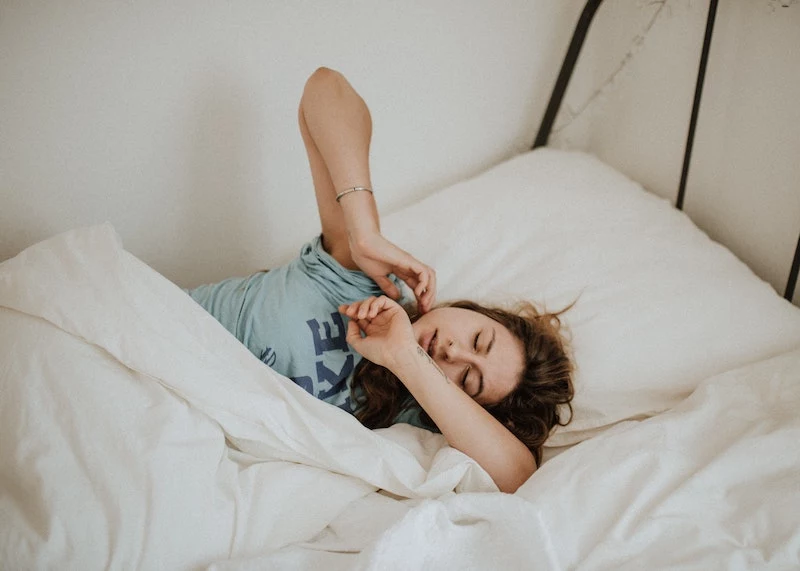
Your Daytime Mission: The Cave Method
Winning the night starts the moment you wake up. Your goal is simple: don’t let the heat in. I call this the “cave method,” because you’re basically turning your bedroom into a cool, dark cave to protect it from the sun.
Sunlight blasting through windows is your number one enemy; it can heat a room faster than a small space heater. Standard blinds are better than nothing, but your best weapon is a good set of blackout curtains. Look for ones with a white or reflective backing—this layer bounces the sun’s energy back outside before it ever turns into heat in your room. A decent pair will run you between $30 and $80, and they’re worth every penny. Keep them shut all day.
A great budget-friendly tip for renters? You can buy temporary reflective window film online or at hardware stores for about $20 a roll. It clings to the glass without adhesive and is incredibly effective at rejecting solar heat.
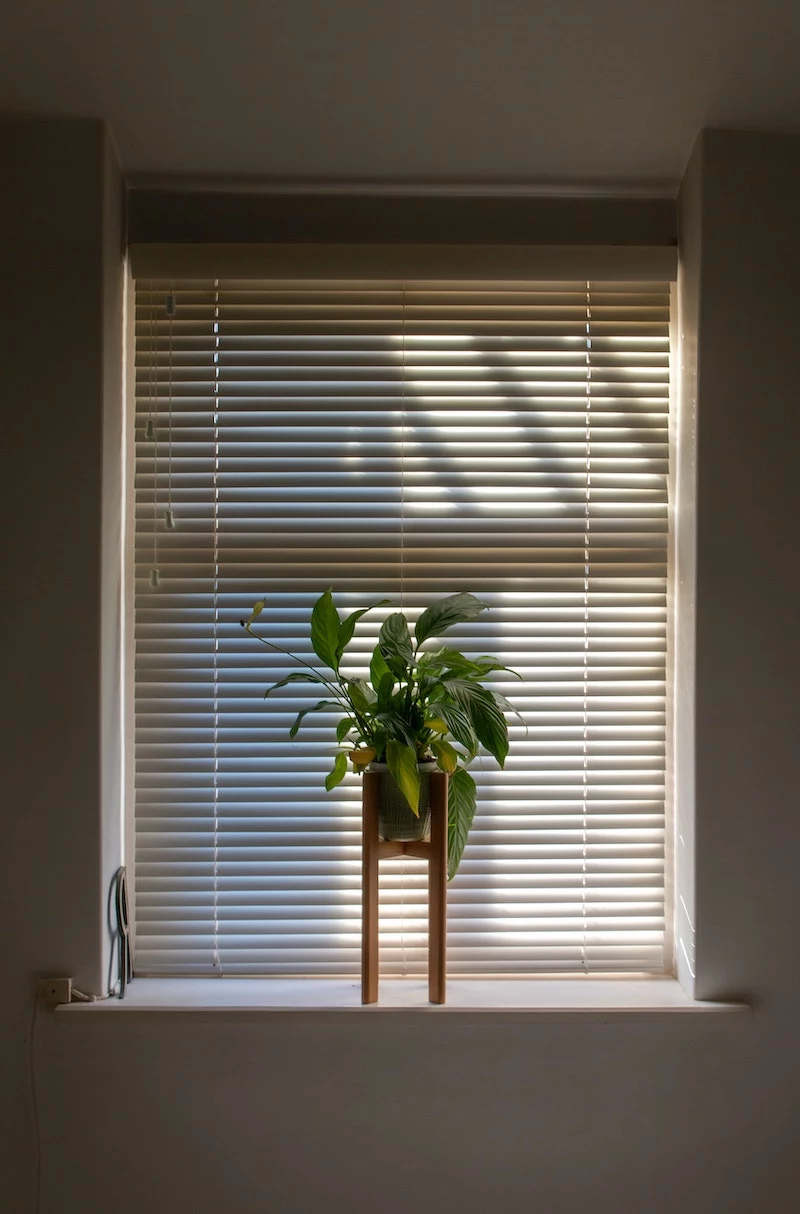
Next, and this feels wrong to a lot of people, keep your windows closed as long as it’s hotter outside than it is inside. Get a cheap $10 digital indoor/outdoor thermometer to take the guesswork out of it. The moment the outside temp climbs higher than the inside, seal up the house. You’re trapping the cool air in.
And don’t forget about the heat you generate inside. Ovens, dryers, and even old-school incandescent light bulbs are basically tiny heaters. Plan to use the grill or make no-cook meals. Run the dishwasher and dryer late at night. If you haven’t already, switch to LED bulbs. They produce almost no heat and will save you on your electric bill, too.
Evening Strategy: The All-Important Night Purge
Once the sun goes down and the outside air finally starts to cool off, it’s time to switch from defense to offense. Check your thermometer. As soon as it’s cooler outside than inside, it’s go time. You’re going to purge all that stale, warm air from your home and replace it with cool night air.

The best way to do this is with cross-ventilation. But you can supercharge it with a fan. Here’s the pro technique we used on job sites:
- Place a strong fan, like a standard 20-inch box fan (about $25 at any big-box store), in one window, facing out.
- Make sure the fan is sealed in the window as best you can. You can use cardboard or towels to block the gaps around it. This turns the fan into an exhaust, actively pulling hot air out of your room.
- Now, open another window, ideally on the cooler, shadier side of the house. You’ll immediately feel a cool breeze being drawn in through that second window.
What if you’re in an apartment with only one window? No problem. Set up your fan facing out in your window, then open your apartment door and a window in a common hallway if possible. This will pull cooler air from the hallway into your space.
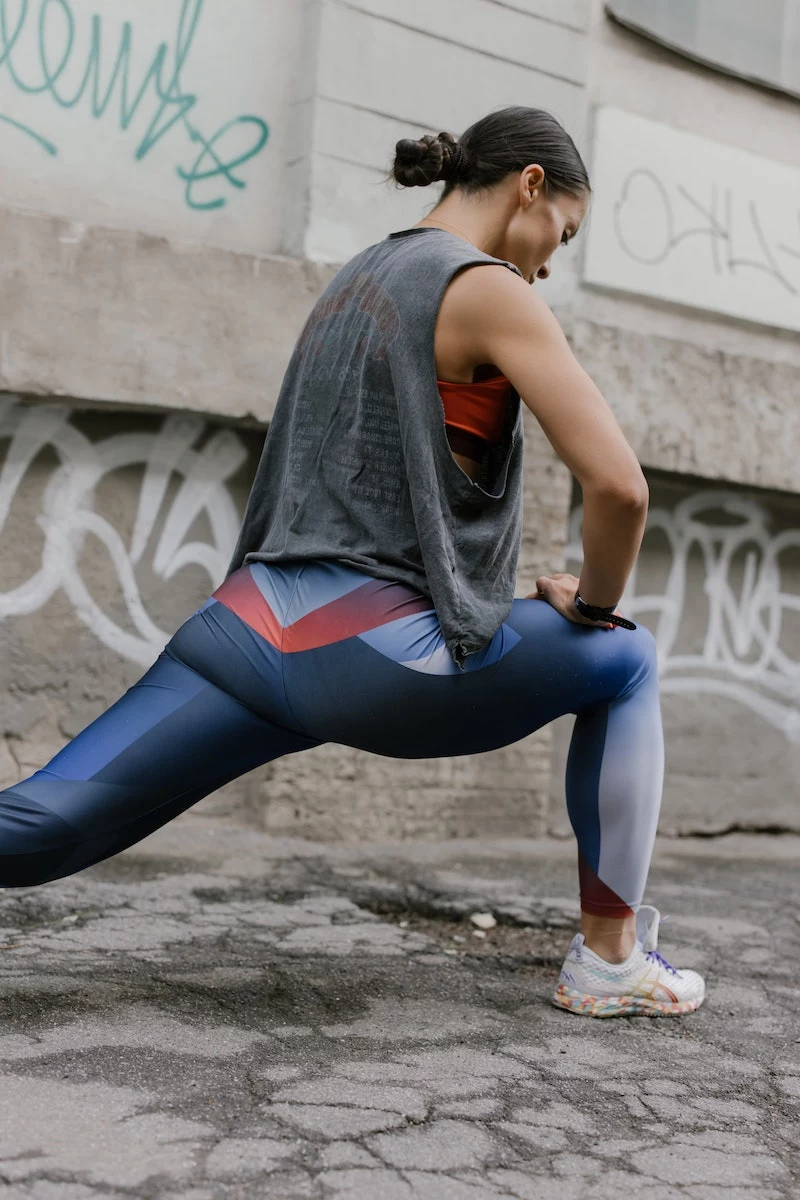
Your Bed: The Make-or-Break Factor for Cool Sleep
You can have the coolest room in the world, but if your bed is a heat trap, you’re still going to suffer. What you sleep on and in is huge.
Let’s talk about sheets. Forget the idea that a super-high thread count is better. For staying cool, it’s often the opposite. A tight weave traps air and moisture. A lower thread count, somewhere in the 200-400 range, is usually much more breathable. The material is what really matters.
- Percale Cotton: This is a reliable classic. It’s known for its crisp, cool feel and excellent breathability. A good set costs between $50 and $120. It’s a solid investment.
- Linen: To be frank, this is the champion for hot weather. Linen fibers are hollow and have a natural stiffness that lets the fabric stand slightly away from your skin, allowing for incredible airflow. It gets softer with every wash. It’s a bit pricier, usually $120-$250 a set, but it’s a game-changer if you’re serious about cool sleeping.
- Bamboo: Fabrics like bamboo-derived rayon or viscose feel silky and cool to the touch. They are fantastic at wicking moisture away from your skin, which is great for sweaty sleepers. Expect to pay around $60-$150.
- A quick word on Silk/Satin: These feel amazing at first because they conduct heat away from you quickly. But buyer beware: they aren’t very breathable. Once they’ve absorbed your body heat, they can feel clammy and trap warmth.
The mattress itself is often the biggest culprit. Traditional memory foam is famous for trapping heat because it needs your body heat to soften and conform around you. It’s like being hugged by an insulator all night. If you’re mattress shopping, look for innerspring or hybrid models that have coils for airflow. If a new mattress isn’t in the budget, a cooling topper can be a lifesaver. Look for ones made of breathable latex or infused with gel or copper, which can cost anywhere from $80 to $300 depending on the material and thickness.
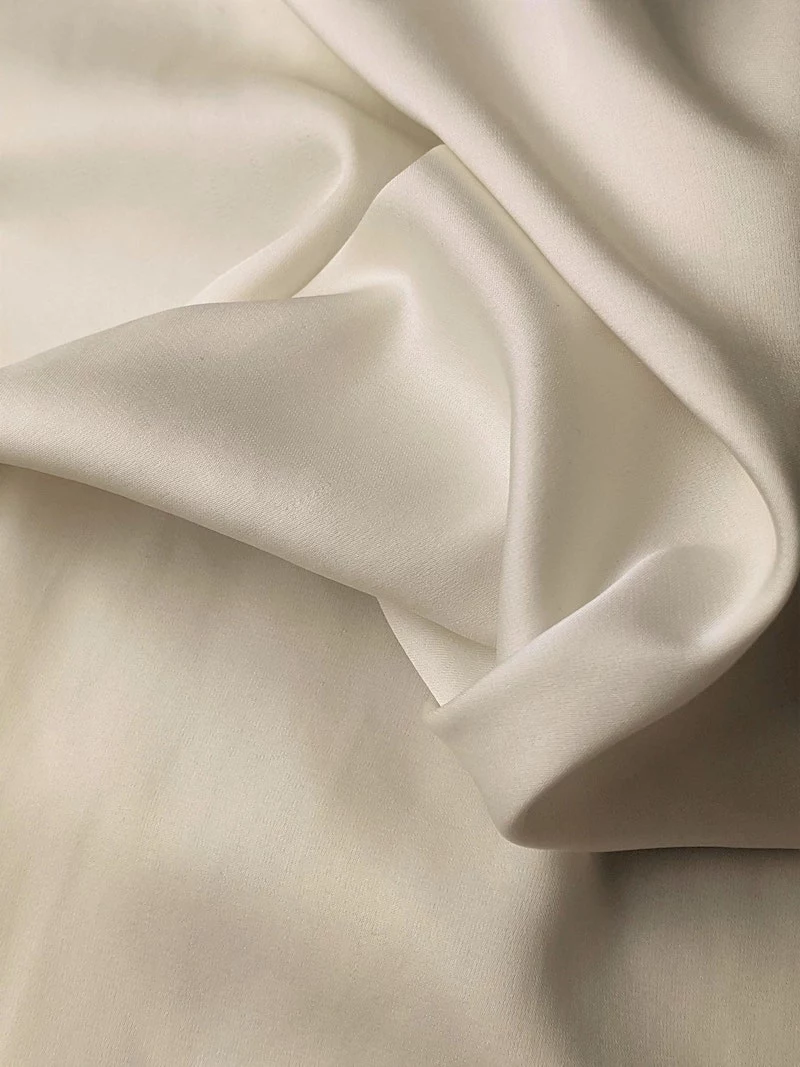
An Old-School Trick: The “Egyptian Method” (Use with Caution!)
This is a powerful technique that uses evaporation to cool you down directly. You take a thin cotton sheet or a large towel, get it damp with cool water, and then wring it out so it’s not dripping wet. You then lay this damp sheet over you as a blanket.
Heads up! This method is intense. The first time I tried it, I honestly woke up shivering. It can make you too cold. I recommend placing a dry towel underneath you to protect your mattress from moisture, which could lead to mildew over time. And this is a no-go in very humid climates, as the water won’t evaporate well, leaving you clammy and uncomfortable. For a “lite” version, just try a damp washcloth on your feet and forehead.
The Ultimate Cool-Down Shopping List
Feeling overwhelmed? Here’s a simple list of the tools that will give you the most bang for your buck.
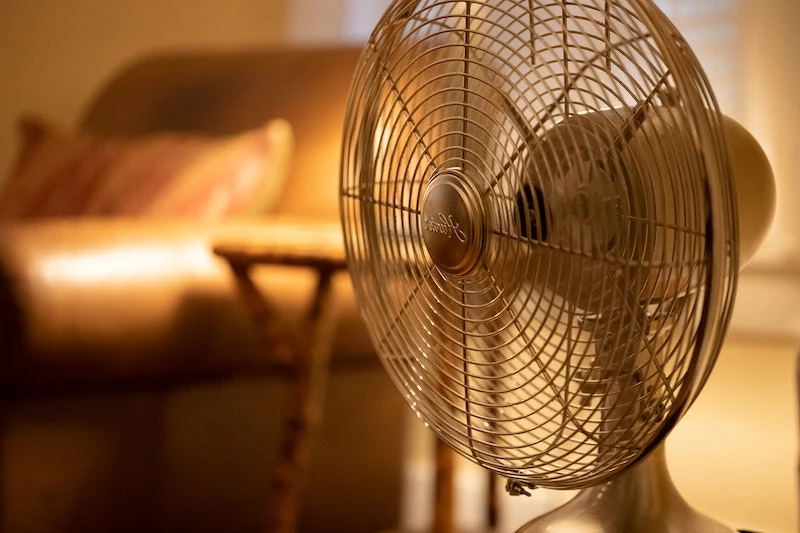
- Digital Indoor/Outdoor Thermometer: $10-$20
- 20-Inch Box Fan: $25-$40
- Blackout Curtains (per pair): $30-$80
- Breathable Sheets (Linen or Percale Cotton): $50-$250
- Cooling Mattress Topper (optional but amazing): $80-$300
Bringing It All Together
Sleeping comfortably in the heat without AC is a skill. It’s about being the master of your own environment. You protect your home from the sun during the day, you actively flush out hot air at night, you choose materials that breathe, and you help your body’s own cooling system do its job.
Of course, always be mindful of your health. These techniques are for managing uncomfortable heat, not a dangerous heatwave, especially for vulnerable people like kids or the elderly. If someone is showing signs of heat exhaustion, that’s a medical emergency.
It might take a little practice to get the timing right for your specific home, but once you do, you’ll have the power to create a cool sanctuary for sleep, no matter how high the thermometer climbs. The peace of a good night’s rest, earned through a little know-how, is worth every bit of the effort.
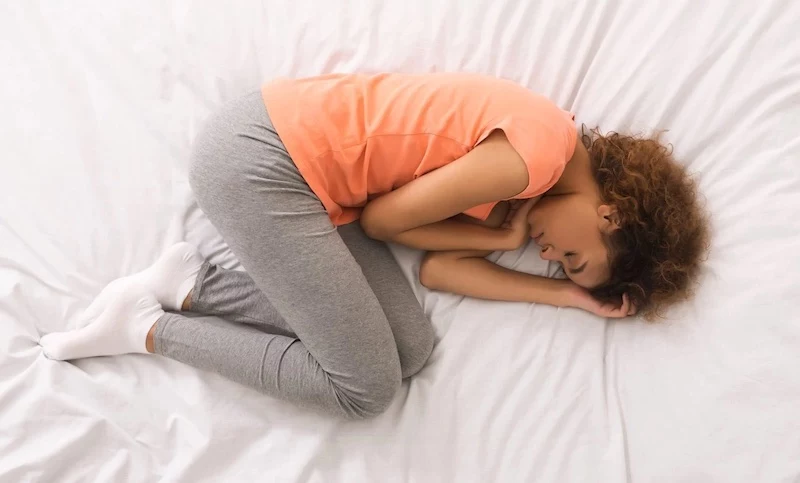
Inspirational Gallery

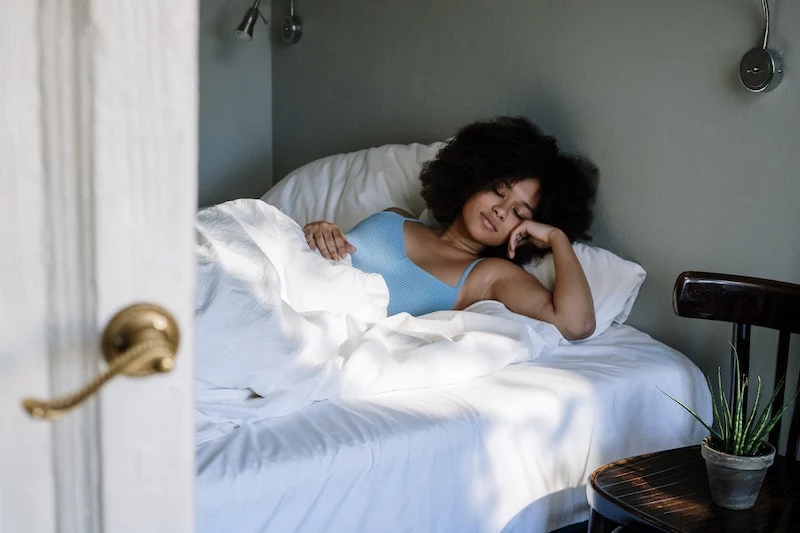
The Egyptian Method: fact or fiction?
You may have heard of this ancient technique: sleeping under a damp, cool sheet. While it works on the principle of evaporative cooling, it’s tricky to get right. A sopping wet sheet will just make your mattress damp. The modern, more practical version involves a slightly damp towel. Run a thin cotton towel under cool water, then wring it out until it’s barely moist. Lay it over your body for a brief period of intense relief right as you’re trying to fall asleep. It provides a powerful cooling sensation without soaking your bedding.
The right material for your sleepwear makes a world of difference. Your choice can either trap heat or help dissipate it.
- Bamboo Viscose: Incredibly soft and silky, bamboo fabric is highly breathable and wicks moisture away from the skin more effectively than even cotton. Brands like Cozy Earth or Pangaia specialize in these thermoregulating pajamas.
- Linen: Just like with sheets, linen pajamas are a top-tier choice. The fabric’s natural stiffness creates space between your skin and the cloth, maximizing airflow.
- Avoid Synthetics: Polyester or fleece might feel soft, but they’re essentially plastic. They trap heat and moisture, creating a personal sauna effect that’s the enemy of a cool night’s sleep.










